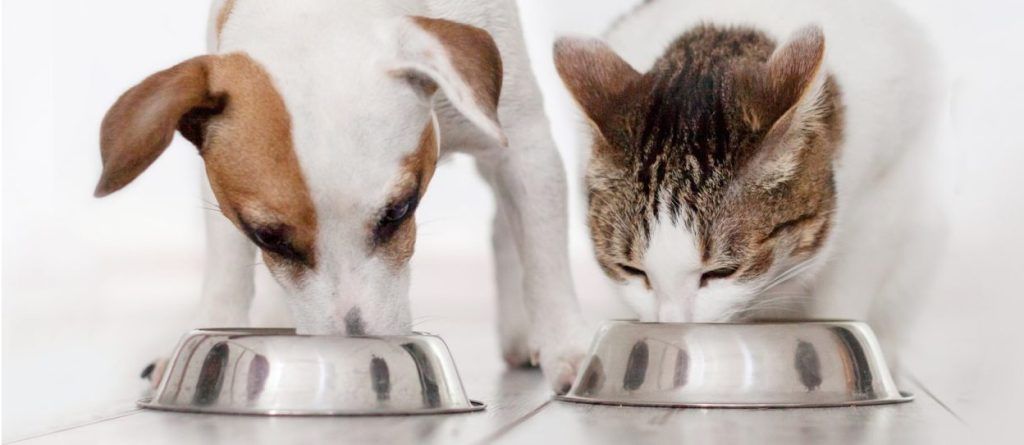
Some pets will let you know how they feel about the food you put in their bowls and it can take some time to know what they love or hate but here
# Do.
Use stainless steel or ceramic dog bowls as these are best for keeping clean
Wash their bowls regularly to avoid any nasty bacteria
Make sure that clean and fresh water is available to all pets
Get your pet to do a trick before giving them their food, i.e. get your dog to sit. It enforces positive reinforcement as well as helping to calm some dogs, especially if meal time is an exciting time of day. (Doesn’t apply to cats.)
Feed your pet according to their age, body condition, and activity level
Make sure their food meets their nutritional needs
Feed pets separately so you can keep an eye on any changes in eating habits
Leave your pet in peace while they’re eating from their bowl
Invest in a puzzle feeder if they eat too quickly
Limit feeding time so that your pet can get used to a schedule
Make sure all the family stick to the same rules
# Don’t.
Use plastic bowls as these can absorb bacteria
Feed your pet any toxic foods
Feed your dog foods that are high in salt, sugar and bad fats
Feed your pet from the table or give them scraps from your plate
Free feed your pet as this can lead to overweight pets
Design a dietary plan for weight loss without speaking to your vet
Exercise your pet too soon after eating as this could result in “bloat”
Feed your pet before travelling as this could lead to travel sickness
Change your dog’s diet abruptly, this will need to be done gradually
You know your cat or dog best and you’ll know what would work best for you and your pet but these are just some of the dos and don’ts to encourage some good habits surrounding feeding time.

